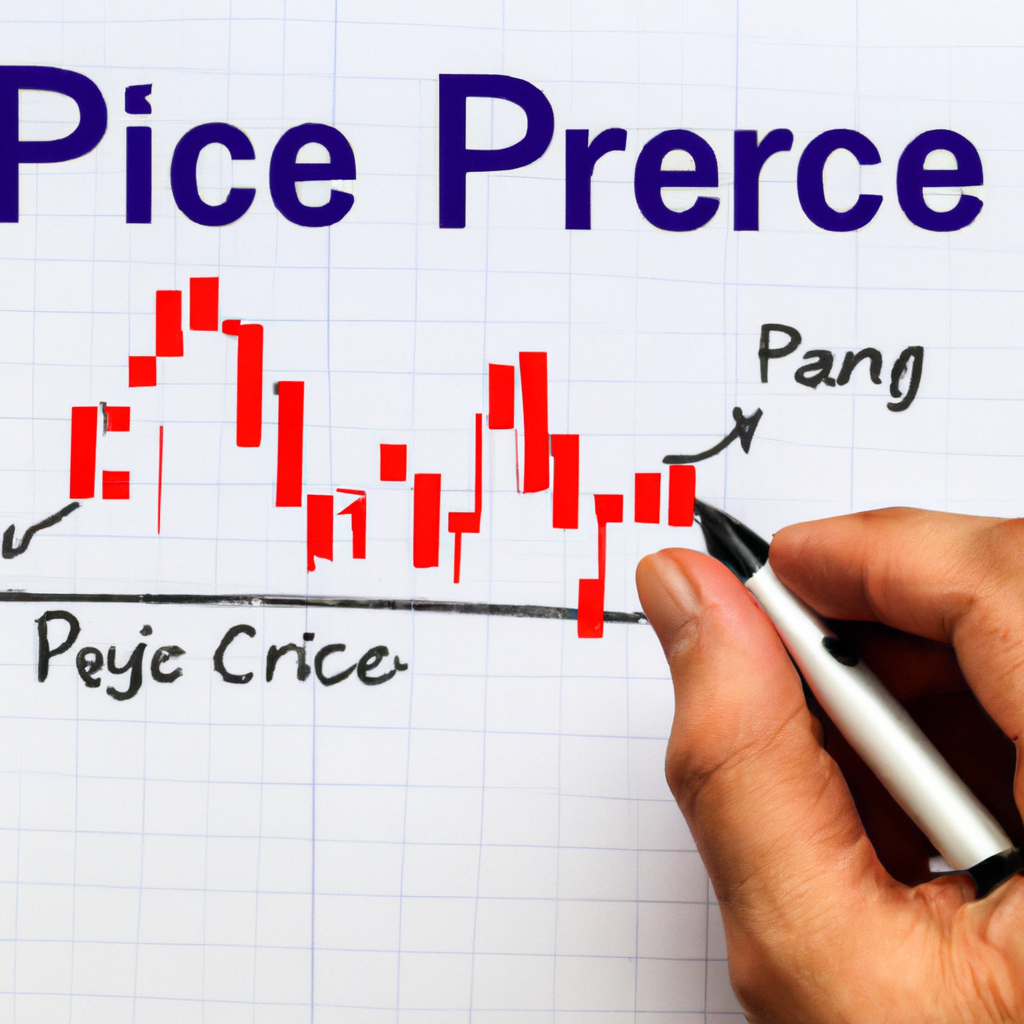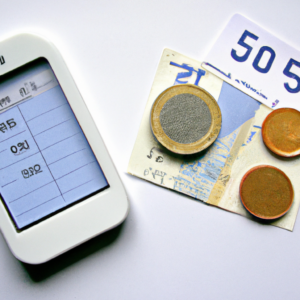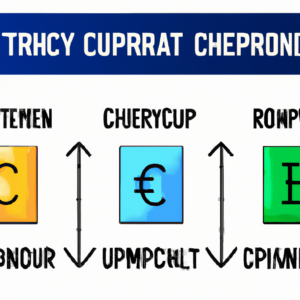
Mastering Price Action Trading Strategies
Understanding Price Action Trading Techniques
Price action trading is a strategy that involves making decisions based on the analysis of the basic price movements of a security, rather than relying on technical indicators. It’s a form of technical analysis that looks at the recent and past price movements to inform trading decisions. This strategy can be applied across various financial markets, including Forex, commodities, and equities. This article aims to delve into the fundamentals of price action trading and share some key techniques that traders often employ.
The Core of Price Action Trading
At its heart, price action trading is about simplicity and efficacy. Unlike other trading strategies that depend on a complex mix of indicators, price action trading requires you to focus on the raw price movements. This method is grounded in the belief that all necessary information for making a trade decision is contained within the price series itself.
Identifying Key Support and Resistance Levels
Understanding Support and Resistance
Before delving into complex techniques, it’s crucial to grasp the concept of support and resistance levels. Support is the price level at which demand is thought to be strong enough to prevent the price from declining further, while resistance is the level at which selling is thought to be strong enough to prevent the price from rising higher. Identifying these levels can help traders make informed decisions.
Charting Support and Resistance
Drawing these levels can sometimes be more of an art than a science. Traders often look for price points where the price has bounced off a few times in the past. Horizontal lines drawn at these bounce points can help visualize potential support and resistance areas.
Price Action Trading Patterns
The Pin Bar
The Pin Bar is a reversal pattern that indicates a strong rejection of price. It has a long tail (or wick) and a small body. The direction of the tail indicates the direction traders should consider trading in. A Pin Bar that forms at a significant level of support or resistance can be particularly powerful.
Inside Bars
Inside Bars are patterns where the entire price action (high to low) of a candlestick is completely within the range of the previous candle. This indicates a period of consolidation and could signal a potential breakout. Trading an Inside Bar strategy involves waiting for a breakout above or below the mother candle’s high or low.
Engulfing Bars
An Engulfing Bar is a candle that “engulfs” the previous candle’s body. A bullish Engulfing Bar engulfs the previous candle’s body with a move higher, suggesting buying interest. Conversely, a bearish Engulfing Bar indicates selling pressure. These patterns are best traded when they occur at significant market levels.
Combining Price Action with Other Factors
While price action trading can be powerful on its own, combining it with other analyses can enhance its effectiveness. For instance, understanding the market trend can help determine which price action signals to trade. Similarly, incorporating volume can validate the strength of a price movement.
Conclusion
Price action trading offers a streamlined approach to market analysis, focusing on the price movements themselves to make trading decisions. By mastering the identification of key market levels and understanding the significance of price action patterns, traders can potentially make more informed and confident trading decisions. Remember, like any trading technique, price action trading requires practice and patience to master.

